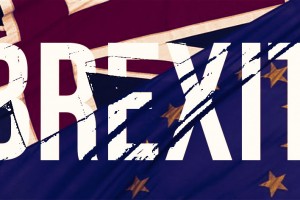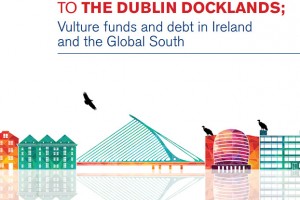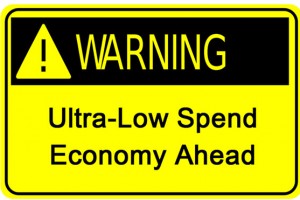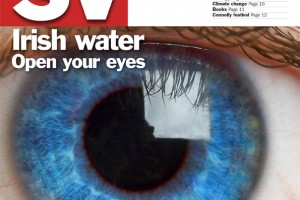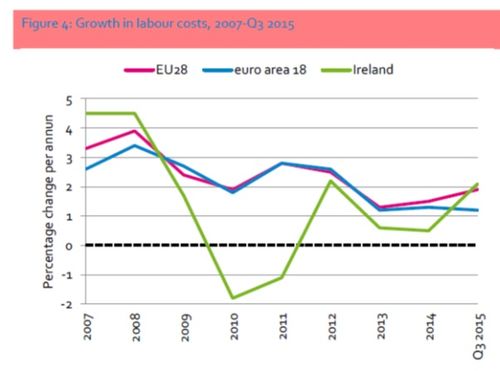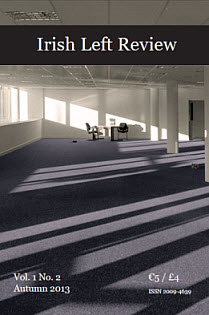You don’t have to be a Corbynista to know that the Establishment does not encourage radical politics of the genuinely socialist kind and that it will do whatever it can to belittle any group garnering mass support for daring to challenge the status quo. In the domain of cultural practice, mutatis mutandis, hugely important figures like Ken Loach and James Kelman are marginalized by the intelligentsia for the same underlying reason.
The political order wants safe middle-of-the-road parties and it matters not a great deal which of the established parties steers the ship of state; the cultural order appears to be liberatory in its warm acceptance of the whole aesthetic gamut but it shies away from Ken Loach’s films and James Kelman’s novels, leaving it to non-British critics and commentators to praise their cinematic and literary achievements. Kelman know the score:
‘areas of human experience [I write about] should not appear in public; we don’t want to know. We know that people are in the street, that they have no money and are maybe begging, but we don’t want to see them in literature. They should be swept under the carpet.’
Lifting up the carpet and sweeping out what is underneath has been a trademark of Kelman’s writing – tastefully dismissed as ‘pugilism’ by bourgeois supremo critic James Wood – but Dirt Road cannot be so easily pigeon-holed. It is a story about grief, a terrible family loss that a father and his son have to cope with, but without the emotionalism that characterises humanist fiction on painful topic. It’s a road-trip novel but without the romance or consolation or violence you expect to find in books about journeys across the Deep South.
What makes it special is the language, the way we don’t express our feelings in neat sentences with carefully chosen adjectives and adverbs to nuance our refined sensibilities, the inarticulateness that is part of the expression of anguish and of hope. No living writer does this better than Kelman and Dirt Road quietly explores what it is like to struggle with the awful sense of loss that inhabits the body and mind when someone who was close dies.




